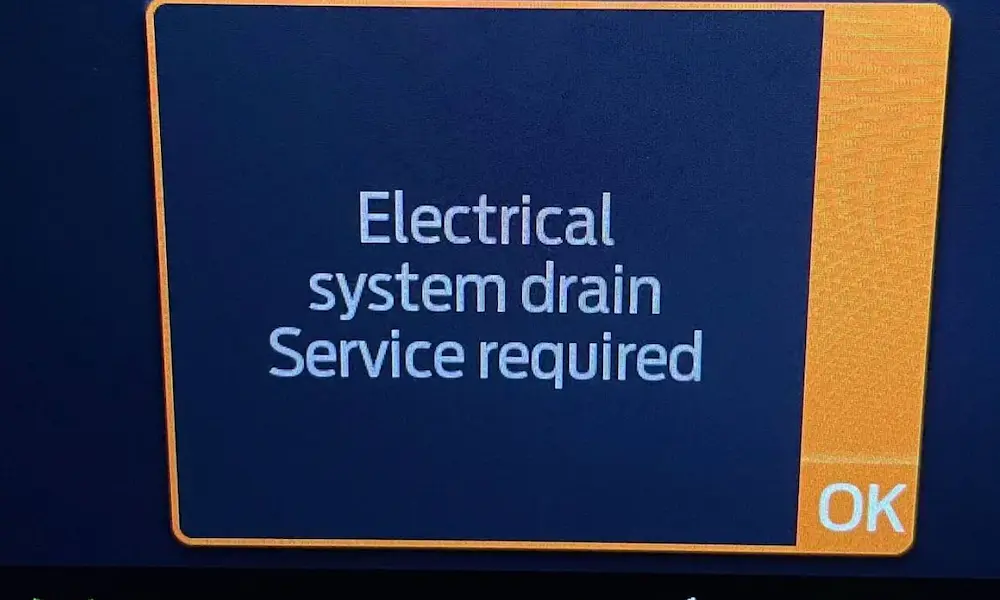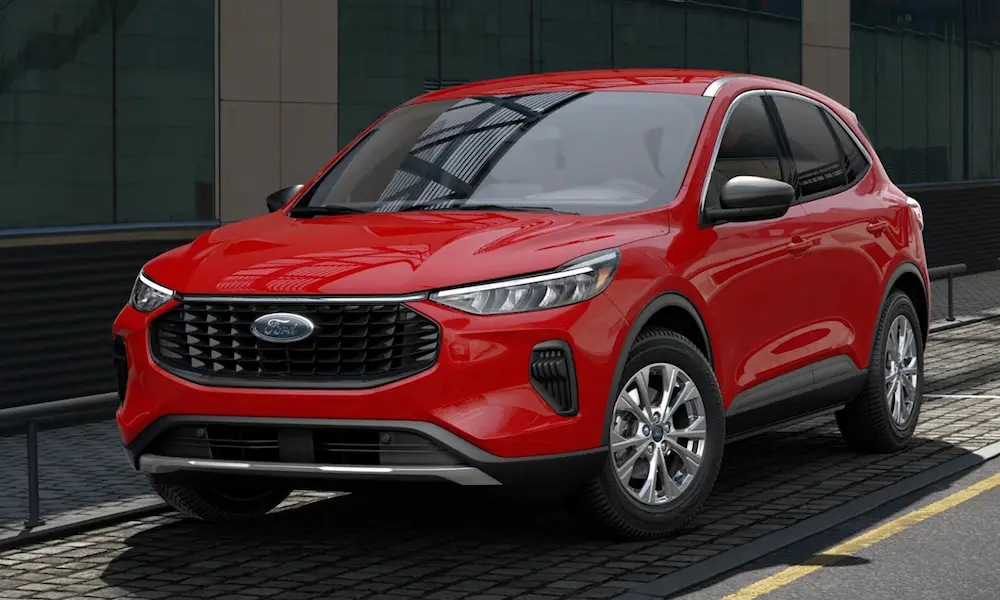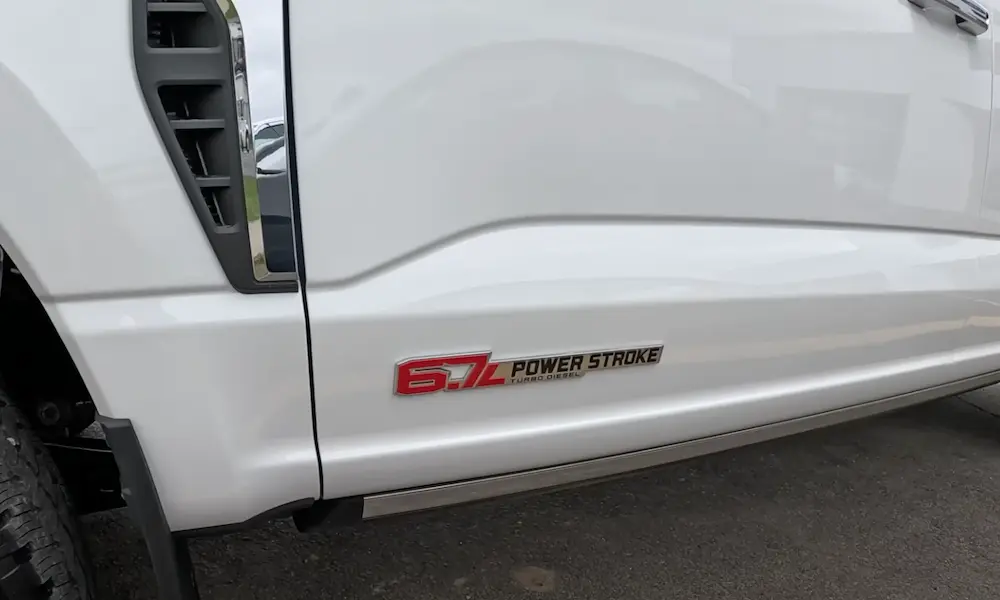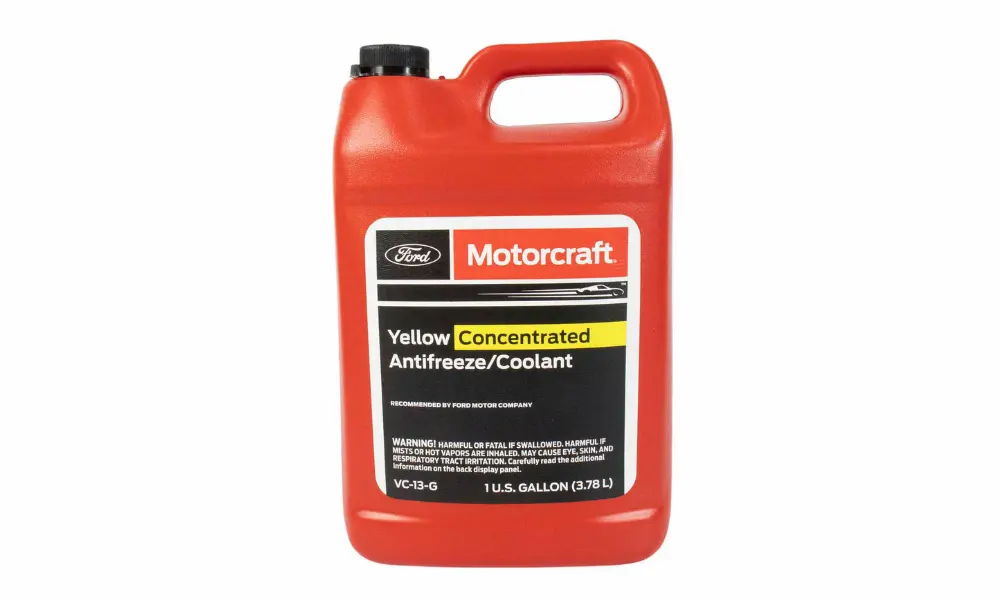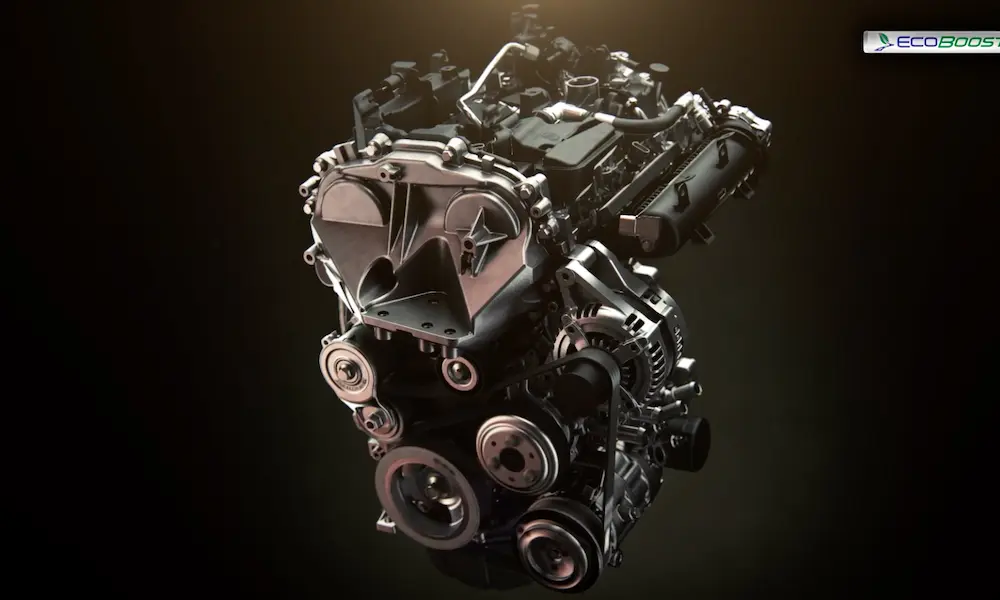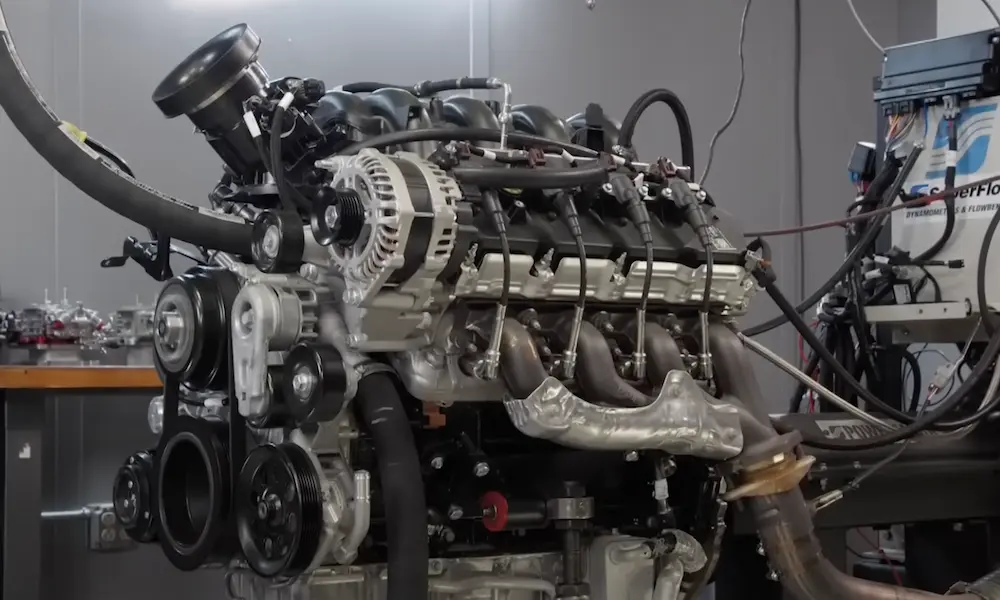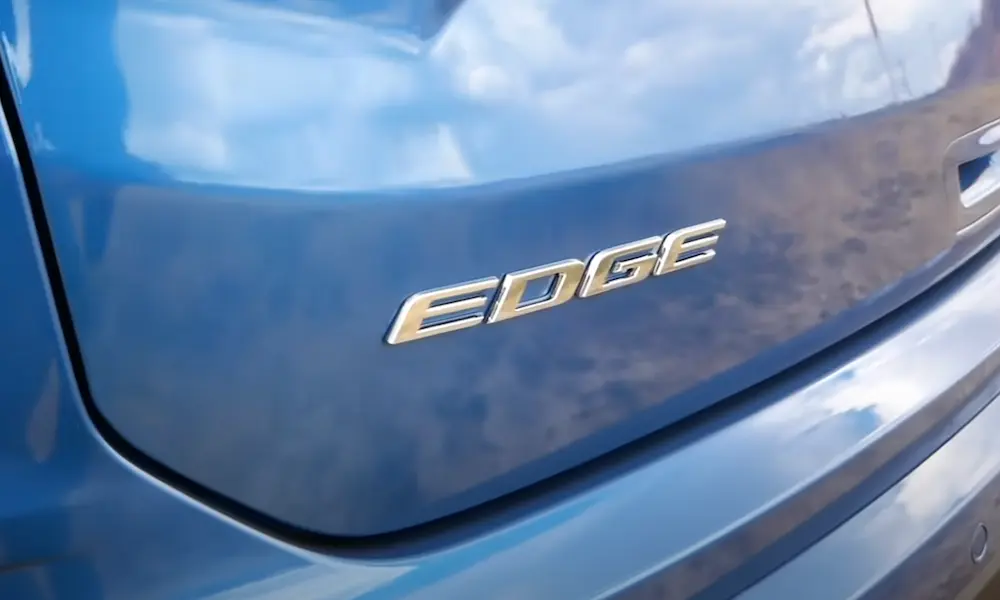Ever wondered what makes the Ford Raptor tear through desert landscapes and conquer off-road trails with such authority? It’s not just aggressive styling and rugged suspension—it’s what’s under the hood that truly sets this beast apart. Let’s dive deep into the Ford Raptor engine specs that create the perfect balance of raw power and technical innovation.
The Evolution of Ford Raptor Engines
The Raptor’s heart has evolved significantly since its introduction. What started as a capable but relatively conventional powertrain has transformed into a lineup of engineering marvels.
First Generation (2010-2014): The V8 Foundation
When Ford first unleashed the Raptor, they equipped it with:
- A 5.4L V8 producing 310 horsepower (initial offering)
- Later upgraded to a 6.2L V8 generating 411 horsepower and 434 lb-ft of torque
These naturally aspirated engines established the Raptor’s off-road credentials, but Ford had bigger plans for the future. The first-gen engines prioritized durability and torque delivery over efficiency, setting the stage for the performance-focused trucks to come.
Second Generation (2017-2020): The EcoBoost Revolution
Ford made a controversial but forward-thinking move for the second-generation Raptor:
- Replaced the V8 with a 3.5L twin-turbo EcoBoost V6
- Output increased to 450 horsepower and 510 lb-ft of torque
- Paired with a 10-speed automatic transmission
This change initially upset V8 purists, but the enhanced performance numbers quickly won over skeptics. The twin-turbo setup delivered immediate throttle response and impressive high-altitude performance—crucial for desert running and mountain trails.
Current Generation: Power Options Expand
Today’s Raptor offers two distinct powertrain options:
- Standard F-150 Raptor: 3.5L twin-turbo EcoBoost V6 (450 hp/510 lb-ft)
- Raptor R: 5.2L supercharged V8 (720 hp/640 lb-ft)
The return of V8 power in the Raptor R represents Ford’s commitment to maintaining the truck’s position at the peak of off-road performance, directly challenging rivals like the Ram TRX.
F-150 Raptor Engine Specifications: The Details That Matter
Let’s examine the technical specifications that make these engines special, starting with the crown jewel of the lineup.
5.2L Supercharged V8 (Raptor R)
The Raptor R’s powerplant isn’t just any V8—it’s derived from the Shelby GT500’s predator engine, modified for off-road use:
| Specification | Details |
|---|---|
| Displacement | 5.2 liters (315 cubic inches) |
| Bore x Stroke | 94.0 mm x 93.0 mm |
| Compression Ratio | 9.5:1 |
| Supercharger | 2.65-liter Roots-type (12 psi boost) |
| Peak Horsepower | 720 hp @ 6,650 RPM |
| Peak Torque | 640 lb-ft @ 4,250 RPM |
| Block Material | Cast aluminum with PTWA cylinder liners |
| Fuel System | Dual injection (port and direct) |
This powerhouse provides astonishing acceleration—0-60 mph in just 3.6 seconds—despite the truck’s approximately 6,000-pound curb weight. The supercharger design was specifically chosen for its immediate power delivery, ideal for conquering sand dunes and rock crawling where instant throttle response is essential.
The engine features several off-road focused modifications compared to its Shelby sibling:
- Enhanced cooling systems for sustained performance
- Revised intake system for better dust and water resistance
- Retuned power delivery for off-road terrain management
3.5L Twin-Turbo EcoBoost V6 (Standard Raptor)
The standard Raptor engine might have fewer cylinders, but it remains a technological marvel:
| Specification | Details |
|---|---|
| Displacement | 3.5 liters (213 cubic inches) |
| Bore x Stroke | 92.5 mm x 86.7 mm |
| Compression Ratio | 10.5:1 |
| Turbocharging | Twin-scroll turbochargers (22 psi max) |
| Peak Horsepower | 450 hp @ 5,850 RPM |
| Peak Torque | 510 lb-ft @ 3,000 RPM |
| Block Material | Compacted graphite iron (CGI) |
| Fuel System | Direct injection |
The EcoBoost V6 delivers impressive performance while maintaining better fuel efficiency than the V8. Its twin-turbo design helps eliminate lag, providing nearly instant power when needed. The high-strength CGI block is 75% stiffer than traditional cast iron, allowing for higher cylinder pressures and improved durability.
Ranger Raptor Engine Options: Global Performance
The smaller Ranger Raptor has its own set of impressive powertrains, tailored for different global markets.
3.0L Twin-Turbo EcoBoost V6
The global spec Ranger Raptor features this potent V6:
- 391 horsepower at 5,650 RPM
- 430 lb-ft of torque at 3,500 RPM
- Dual turbochargers with electronic wastegate control
- Anti-lag technology for Baja mode
This engine propels the Ranger Raptor from 0-60 mph in approximately 6 seconds, making it the quickest factory Ranger ever produced. The 10-speed automatic transmission includes paddle shifters for manual control during aggressive off-road driving.
2.0L Bi-Turbo Diesel
In markets like Southeast Asia and Australia, Ford offers a diesel option:
- 210 horsepower at 3,750 RPM
- 369 lb-ft of torque at 1,750-2,000 RPM
- Sequential bi-turbo system for reduced lag
- 16:1 compression ratio
This diesel provides excellent fuel efficiency (approximately 28.7 mpg combined) without sacrificing the off-road capability that defines the Raptor brand. The common-rail direct injection system operates at pressures up to 2,200 bar, ensuring precise fuel delivery under all conditions.
Technical Innovations That Set Raptor Engines Apart
The impressive specs tell only part of the story. It’s the innovative engineering solutions that truly distinguish these engines.
Forced Induction Engineering
Ford’s approach to forced induction varies by engine:
- Supercharging (5.2L V8): The Roots-type supercharger delivers instant power with no lag, perfect for off-road situations requiring immediate throttle response.
- Twin-Turbocharging (3.5L V6): Sequential turbo design provides boost across the entire RPM range, with the smaller turbo spooling quickly for low-end torque.
- Bi-Turbo Diesel: Uses a small turbo for low RPM response and a larger one for high-end power, providing the best of both worlds.
Each engine features intercooling to maximize power density. The 5.2L V8 uses a particularly sophisticated dual-pass air-to-liquid intercooler that can reduce intake temperatures by up to 30°C under heavy load.
Material Science Advancements
Ford employs cutting-edge materials throughout these engines:
- The 5.2L V8’s PTWA-lined aluminum block reduces weight by 18% compared to traditional iron blocks
- The 3.5L EcoBoost’s CGI block can withstand peak cylinder pressures exceeding 2,500 psi
- Forged connecting rods and pistons are standard across all engines for maximum durability
These material choices help the engines withstand the extreme conditions encountered during high-speed off-road driving, from large temperature swings to sustained high-RPM operation.
Performance Metrics and Real-World Capability
The true test of any truck engine is how it performs in real-world conditions.
Acceleration and Towing
The raw performance numbers are impressive:
- F-150 Raptor R: 0-60 mph in 3.6 seconds, towing capacity of 8,700 pounds
- Standard F-150 Raptor: 0-60 mph in around 5.2 seconds, 8,200-pound towing capacity
- Ranger Raptor 3.0L: 0-62 mph (100 km/h) in 6.1 seconds, towing up to 5,511 pounds
These acceleration figures are remarkable for vehicles designed primarily for off-road use, demonstrating the dual-purpose nature of modern Raptors.
Off-Road Performance Advantages
The Raptor engines are specifically tuned for off-road performance:
- High-mounted air intakes to improve water fording capability
- Enhanced cooling systems for sustained operation in high-temperature environments
- Special drive modes that alter throttle mapping and transmission shift patterns for different terrains
The F-150 Raptor’s terrain management system includes seven drive modes, including specialized settings for Baja racing and rock crawling, each optimizing engine response for the specific challenge.
Fuel Efficiency Trade-Offs
The power comes with expected fuel economy compromises:
- F-150 Raptor R: 10 city/15 highway/12 combined MPG (premium fuel)
- Standard F-150 Raptor: 14 city/18 highway/16 combined MPG
- Ranger Raptor Diesel: 28.7 MPG combined
For most buyers, the performance benefits outweigh fuel economy concerns, though the EcoBoost V6 provides a reasonable middle ground between power and efficiency.
Transmission and Drivetrain Integration
The engines are only as effective as the systems they power. Ford has developed sophisticated transmission and drivetrain components to harness the Raptor engines’ potential.
10-Speed SelectShift Automatic
All current Raptors use Ford’s 10R80 10-speed automatic transmission, which features:
- Wide ratio spread (4.70:1 first gear to 0.63:1 tenth gear)
- Adaptive shift scheduling that learns driver behavior
- SelectShift manual mode with steering wheel-mounted paddles
- Special calibrations for off-road driving modes
In the Raptor R, this transmission has been strengthened to handle the V8’s massive torque output, with reinforced internal components and enhanced cooling.
Advanced 4WD Systems
The engine’s power reaches the ground through sophisticated 4WD systems:
- Torque-on-demand transfer case with electronic locking
- 2.64:1 low-range gear ratio for rock crawling
- Electronic locking front and rear differentials
- In the Ranger Raptor, a 4A (automatic) mode that engages 4WD as needed
These systems, combined with the Raptor’s advanced suspension, allow the engines’ output to be used effectively across varied terrain.
How Raptor Engines Compare to the Competition
The off-road performance truck segment has heated up in recent years, with several worthy competitors.
Ram TRX Comparison
The Ram TRX is the Raptor’s most direct competitor:
- 6.2L supercharged HEMI V8 producing 702 horsepower and 650 lb-ft of torque
- 0-60 mph in 4.5 seconds
- 8,100-pound towing capacity
The Raptor R edges out the TRX in horsepower, torque, and acceleration, while the standard Raptor offers better fuel economy.
Toyota Tundra TRD Pro Comparison
Toyota’s off-road flagship takes a different approach:
- 3.5L twin-turbo V6 hybrid powertrain producing 437 horsepower and 583 lb-ft
- Emphasis on fuel efficiency (19 MPG combined)
- 11,300-pound maximum towing capacity
The Tundra TRD Pro prioritizes towing capability and efficiency over raw speed, positioning it slightly differently in the market.
The Future of Raptor Engine Technology
Ford continues to innovate with its Raptor engines. Several developments are likely on the horizon:
Potential Hybrid Integration
Following the success of the F-150 PowerBoost hybrid, Ford may incorporate electrification into future Raptor engines to:
- Boost low-end torque for rock crawling
- Improve fuel efficiency
- Provide mobile power generation capabilities for camping and work sites
A hybrid Raptor could potentially offer instant electric torque to complement the traditional engine power.
Advanced Materials and Manufacturing
Future Raptor engines may incorporate:
- More extensive use of carbon fiber components
- 3D-printed parts for complex geometries
- Advanced coatings to reduce friction and increase durability
These advancements would further enhance the power-to-weight ratio and durability of these already impressive powerplants.
Maintaining Your Raptor’s Engine
To keep your Raptor engine performing at its best:
Service Intervals and Requirements
- Oil changes: 5,000-10,000 miles depending on driving conditions
- Use only manufacturer-recommended oils (typically full synthetic)
- Air filter replacement: More frequent for off-road use
- Intercooler cleaning: Essential for maintaining forced induction performance
Off-road driving demands more frequent maintenance due to increased dust, temperature cycles, and high-RPM operation.
Performance Upgrades and Considerations
Many Raptor owners modify their engines for even more power:
- ECU tuning can add 40-80 horsepower to EcoBoost engines
- Enhanced cooling systems help maintain performance during extreme use
- Cold air intakes and less restrictive exhaust systems can add modest power gains
However, these modifications may affect warranty coverage, so consider the trade-offs carefully.
Why Engine Specs Matter for Off-Road Performance
The Raptor’s impressive engine specifications translate directly to real-world capabilities:
- High horsepower helps overcome the resistance of deep sand and mud
- Abundant torque enables rock crawling at low speeds
- Forced induction maintains power at high altitudes
- Robust cooling systems prevent overheating during sustained demanding use
For serious off-roaders, these capabilities justify the premium price and fuel economy trade-offs that come with Raptor ownership.
Raptor Engine Specs Through the Years
To appreciate how far the Raptor has come, here’s a condensed evolution of its powertrains:
| Year | Engine | Horsepower | Torque (lb-ft) | Notable Features |
|---|---|---|---|---|
| 2010 | 5.4L V8 | 310 | 365 | First-generation Raptor |
| 2011-2014 | 6.2L V8 | 411 | 434 | Upgraded power and durability |
| 2017-2020 | 3.5L Twin-Turbo V6 | 450 | 510 | Introduction of EcoBoost |
| 2021-2024 | 3.5L Twin-Turbo V6 | 450 | 510 | 3rd gen with enhanced cooling |
| 2023- | 5.2L Supercharged V8 | 720 | 640 | Raptor R flagship |
This progression shows Ford’s commitment to pushing boundaries while adapting to changing technological landscapes and market demands.
Engineering for Extremes
When you examine the Ford Raptor engine specs, you’re looking at powerplants built for extreme conditions. They represent a blend of high-performance engineering and rugged dependability that enables the Raptor to dominate off-road while remaining civilized on-road.
Whether you choose the efficient EcoBoost V6 or the monstrous supercharged V8, you’re getting an engine designed to deliver thrills while conquering terrain that would stop lesser trucks in their tracks. It’s this no-compromise approach to performance that has cemented the Raptor’s place at the top of the off-road truck hierarchy.




